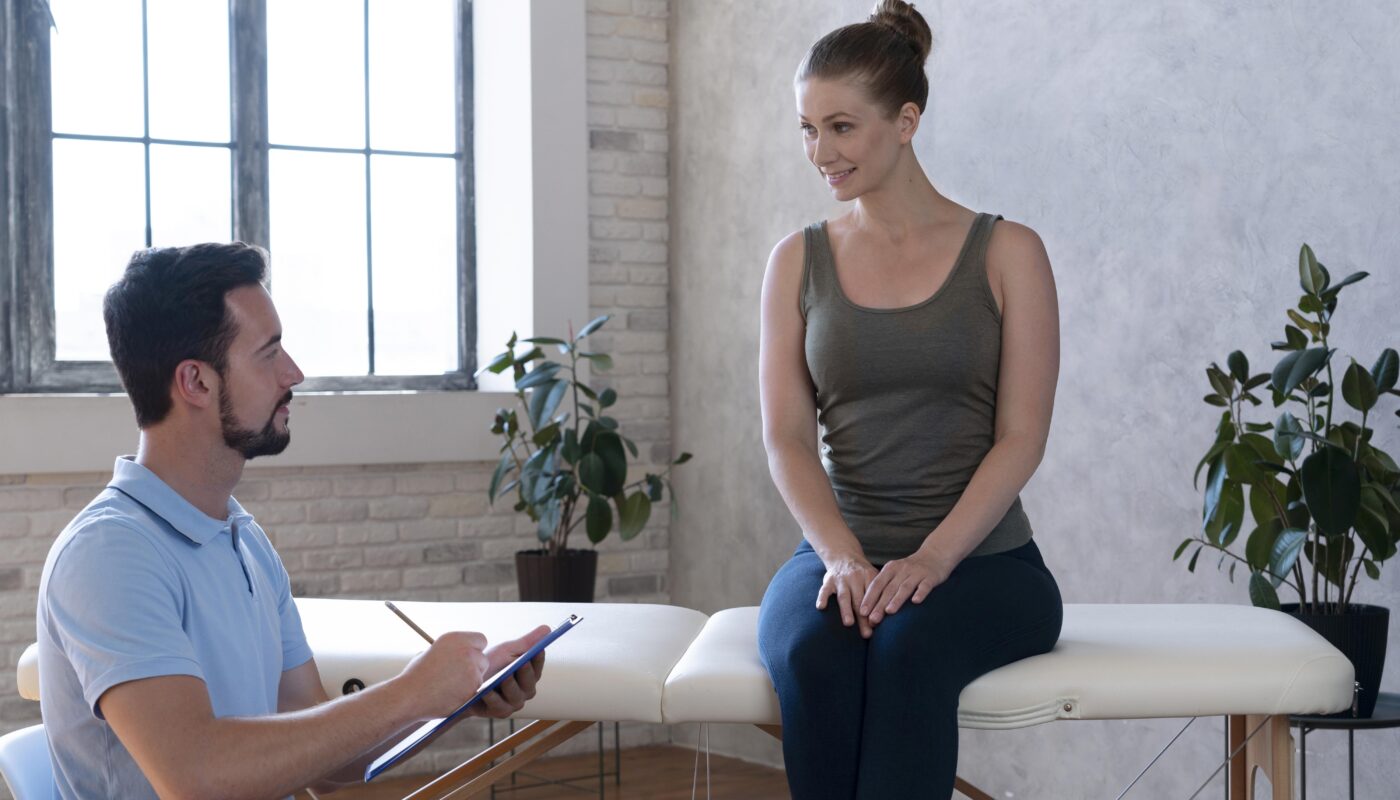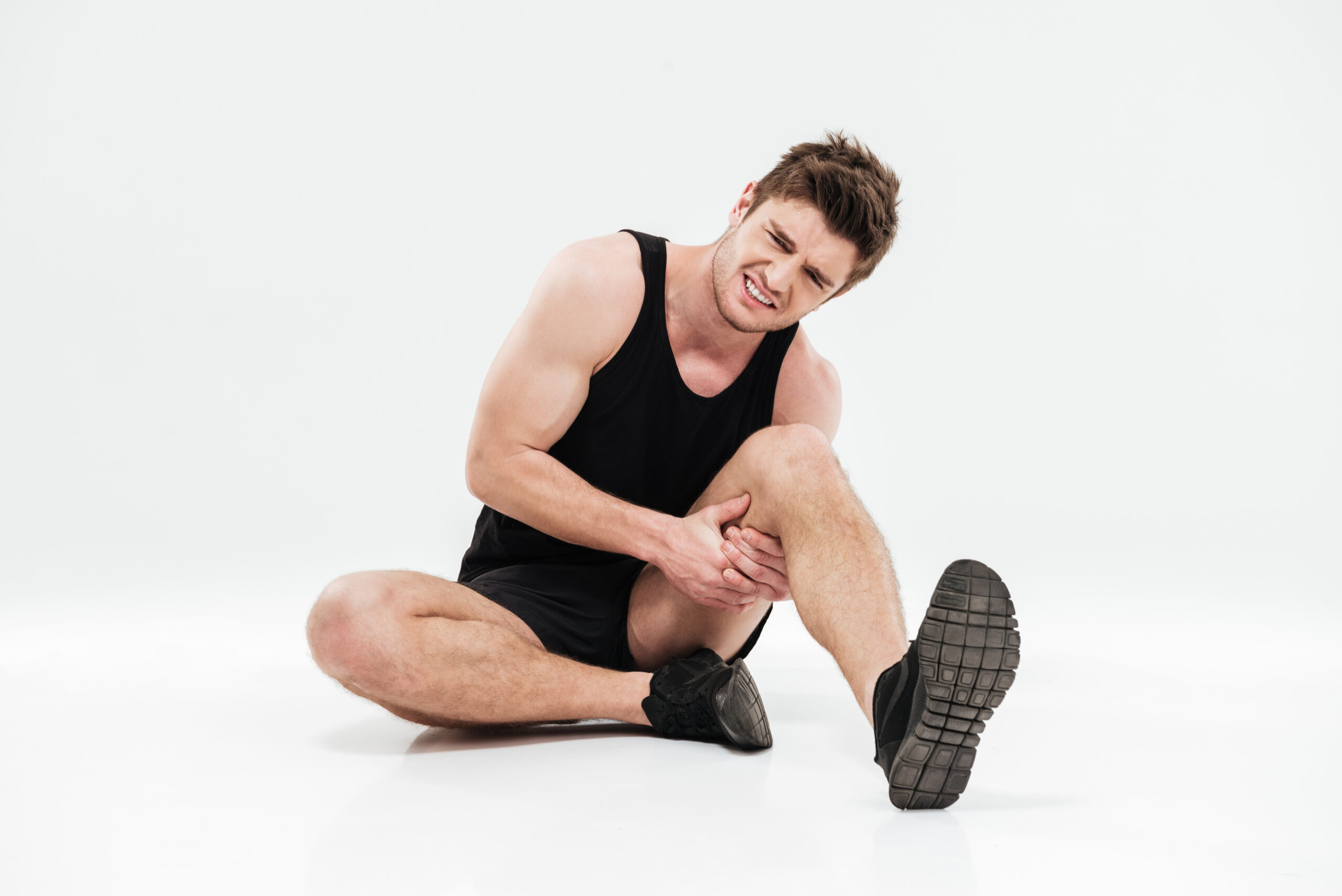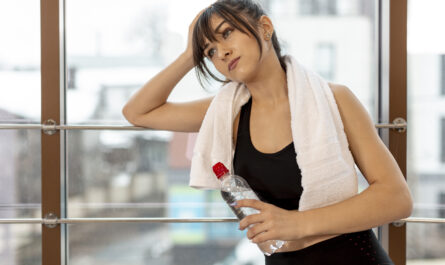Sports-related cramps are a common challenge for athletes across all levels, from beginners to professionals. These painful, involuntary muscle contractions can interrupt training sessions, derail performance, and cause significant discomfort. To gain a deeper understanding of how to manage and prevent sports-related cramps, we interviewed a licensed physiotherapist with years of experience in sports rehabilitation and performance enhancement.
Understanding Sports-Related Cramps
Q: Can you explain what causes sports-related cramps?
Physiotherapist: Sports-related cramps are typically caused by a combination of factors, including dehydration, electrolyte imbalances, muscle fatigue, and overuse. When muscles are pushed beyond their capacity, they can become hyperactive, leading to involuntary contractions. Poor conditioning, inadequate warm-ups, and even underlying medical conditions can also contribute to cramping.
Preventive Measures
Q: What are the best strategies for preventing cramps in athletes?
Physiotherapist: Prevention is always better than cure. Here are some key strategies:
- Hydration: Staying hydrated is crucial. Athletes should drink water consistently throughout the day and consider electrolyte-rich beverages during prolonged or intense activities. Sodium, potassium, magnesium, and calcium are essential for muscle function.
- Proper Warm-Up and Stretching: A thorough warm-up increases blood flow to the muscles, preparing them for exertion. Dynamic stretching before activity and static stretching afterward can reduce the risk of cramps.
- Progressive Training: Gradually increasing the intensity and duration of workouts helps muscles adapt and reduces the likelihood of overuse injuries and cramps.
- Balanced Nutrition: A diet rich in fruits, vegetables, lean proteins, and whole grains provides the necessary nutrients to support muscle function. Foods like bananas, spinach, and yogurt are particularly beneficial for preventing cramps.
- Rest and Recovery: Overtraining can lead to muscle fatigue, a common precursor to cramping. Sufficient rest and recuperation are essential for peak performance.
Immediate Relief During a Cramp
Q: What should an athlete do if they experience a cramp during a game or training session?
Physiotherapist: If a cramp occurs, the immediate goal is to relax and lengthen the affected muscle. Here’s what I recommend:
- Stop Activity: Continuing to push through a cramp can worsen it or cause injury. Stop the activity immediately.
- Stretch and Massage: Gently stretch the affected muscle. For example, if it’s a calf cramp, try pulling your toes upward toward your shin. Massaging the muscle can also help release the spasm.
- Hydrate: Drink water or an electrolyte solution to replenish lost fluids and minerals.
- Apply Heat or Cold: Heat can relax tight muscles, while cold therapy can reduce inflammation if there’s lingering pain after the cramp subsides.
Long-Term Management
Q: What long-term strategies can athletes adopt to minimize recurring cramps?
Physiotherapist: Long-term management focuses on identifying and addressing the root causes of cramps. Here are some steps:
- Regular Strength Training: Building muscle strength and endurance reduces the likelihood of fatigue-induced cramps.
- Flexibility Training: Incorporating yoga or Pilates into an athlete’s routine can improve flexibility and muscle balance.
- Regular Check-Ups: Consulting a healthcare professional to rule out underlying medical conditions, such as nerve compression or circulation issues, is essential.
- Customizing Training Programs: Tailoring workouts to the individual’s fitness level and gradually increasing intensity can help prevent overuse and strain.
Common Myths About Sports Cramps
Q: Are there any misconceptions about sports-related cramps that you’d like to address?
Physiotherapist: Definitely. Here are a few myths:
- Myth 1: Only Dehydration Causes Cramps. While dehydration is a common trigger, it’s not the sole cause. Factors like muscle fatigue, poor conditioning, and even stress can lead to cramps.
- Myth 2: Stretching Alone Prevents Cramps. Stretching is beneficial, but it’s just one piece of the puzzle. A comprehensive approach, including hydration, nutrition, and proper training, is necessary.
- Myth 3: Cramps Only Happen to Beginners. Even seasoned athletes experience cramps, especially during high-intensity activities or competitions.
When to Seek Professional Help
Q: When should an athlete consult a physiotherapist or doctor about cramps?
Physiotherapist: While most cramps are harmless and resolve quickly, persistent or severe cramps may indicate an underlying issue. Seek professional help if:
- Cramps occur frequently or without obvious triggers.
- They are accompanied by swelling, redness, or other unusual symptoms.
- They significantly impact performance or daily life.
A healthcare professional can perform a thorough evaluation to determine the cause and recommend appropriate treatments or interventions.
The Role of Physiotherapy in Managing Cramps
Q: How can physiotherapy help athletes prone to cramps?
Physiotherapist: Physiotherapy offers a range of solutions:
- Assessment: We assess an athlete’s biomechanics, posture, and movement patterns to identify potential risk factors for cramps.
- Manual Therapy: Techniques like massage, myofascial release, and trigger point therapy can relieve tight muscles and improve circulation.
- Exercise Prescription: Tailored exercise programs target specific muscle groups, improving strength, flexibility, and endurance.
- Education: Educating athletes about proper hydration, nutrition, and training techniques empowers them to take proactive measures against cramps.
Conclusion
Sports-related cramps are a common yet manageable issue for athletes. By understanding the causes, adopting preventive measures, and seeking professional guidance when needed, athletes can minimize the impact of cramps on their performance. Physiotherapists play a crucial role in addressing both the immediate and long-term aspects of cramp management, helping athletes achieve their goals safely and effectively. With the right approach, cramps don’t have to sideline success.



